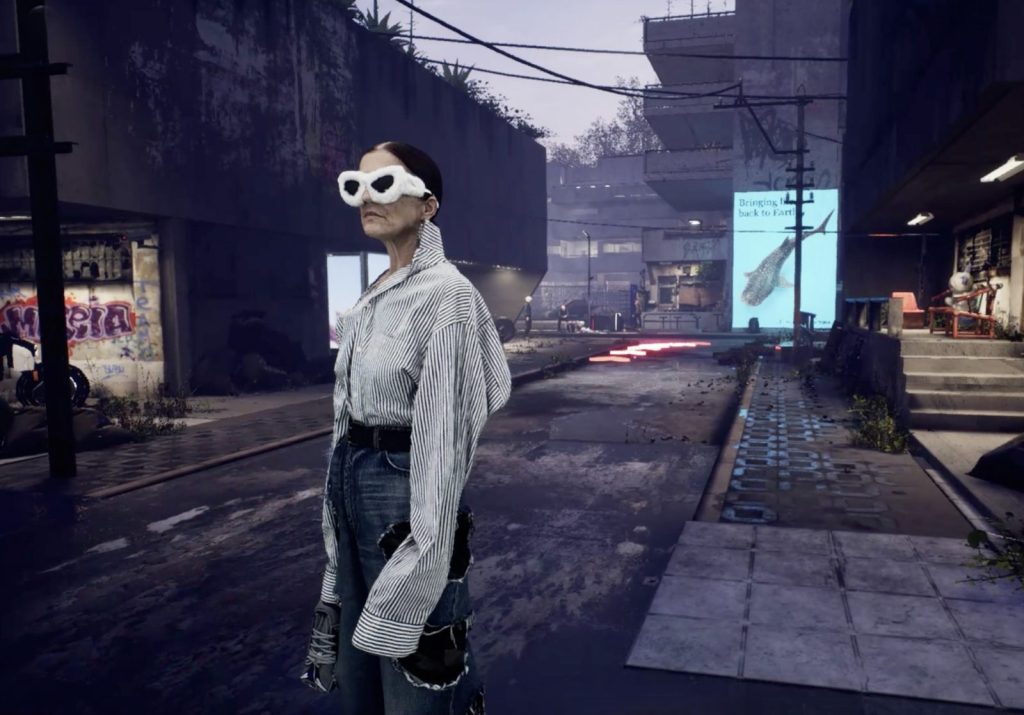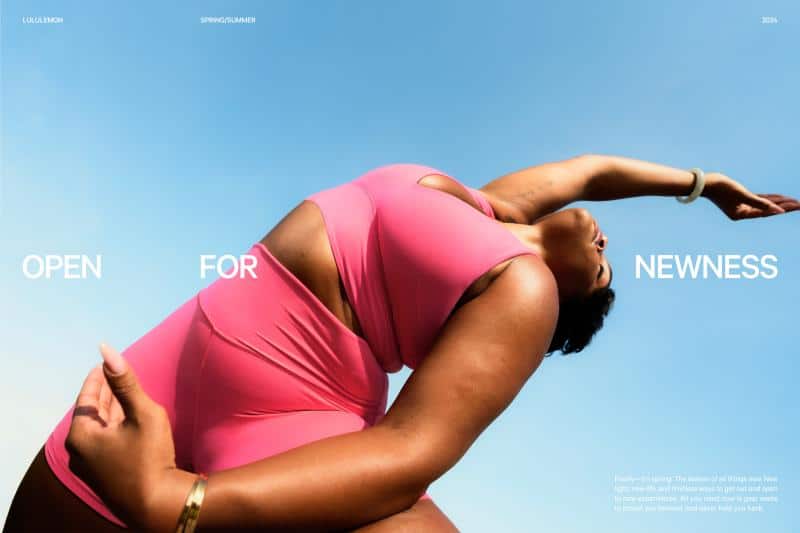The United Kingdom Intellectual Property Office (“UKIPO”) has released guidance on “the classification of non-fungible tokens, virtual goods, and services provided in the metaverse.” Setting the stage in a practice amendment notice on Monday, which is aimed at “inform[ing] customers applying for UK trademarks about [its] approach to the classification of the above types of goods and services,” the UKIPO says that it has seen “an increasing number of applications for trademark specifications containing these terms,” and has received requests for guidance on “the acceptable ways in which these terms can be framed and the correct class in which they fall.”
With the foregoing in mind, the UKIPO sets out the following guidance for web3 trademarks …
Non-fungible tokens – NFTs serve as “unique and unalterable digital authenticity certificates of ownership for virtual or physical assets such as art, collectibles and gaming” and are used “primarily, to represent the ownership of that asset, albeit not necessarily the ownership of any underlying intellectual property, such as copyright,” according to the UKIPO. Against the background, the UKIPO states that “NFTs will not be accepted as a classification term, alone, [as] without an indication of the asset to which the NFT relates, the term is inherently vague.”
As for what the UKIPO will accept in terms of the type of terminology in Class 9, that includes: (1) Digital art authenticated by non-fungible tokens [NFTs]; (2) Downloadable graphics authenticated by non-fungible tokens [NFTs]; (3) Downloadable software, namely, [list the type of goods], authenticated by non-fungible tokens [NFTs]; (4) Digital audio files authenticated by non-fungible tokens; and (5) Downloadable digital files authenticated by non-fungible tokens [NFTs].
While NFTs relate primarily to digital assets, the UKIPO says that “it is feasible that NFTs can be used to authenticate anything, including physical goods.” In light of this, it states that “physical goods clearly defined as being authenticated by NFTs will also be accepted in the appropriate goods class,” for example: (1) Artwork, authenticated by non-fungible tokens [NFTs] [Class 16]; (2) Handbags, authenticated by non-fungible tokens [NFTs] [Class 18]; and (3) Training shoes, authenticated by non-fungible tokens [NFTs] [Class 25].
Still yet, the UKIPO asserts that NFTs “can be retailed and/or provided via online marketplaces, in the same way as other goods and services,” and the following language will be acceptable in Class 35: (1) Retail services connected with the sale of [e.g. virtual clothing, digital art, audio files] authenticated by non-fungible tokens; and (2) Provision of online marketplaces for buyers and sellers of goods and services which are authenticated by non-fungible tokens.
Finally, in relation to certain services, for example, “it may be possible to link membership of a club or entry to an event to an NFT,” according to the UKIPO. “However, the service would fall within Class 41 as an entertainment service.” The IP body notes that “other uses of NFTs will be considered on a case-by-case basis.”
Virtual goods – “Unlike their physical counterparts, virtual goods are classified in Class 9 of the Nice Classification system,” per the UKIPO, which states that this is because “the goods to which they relate consist, essentially, of data, such as digital images.” However, in the same way that the term “goods,” or “goods made from x” would not be acceptable for physical goods due to such terms not meeting the requirement for clarity and conciseness, “virtual goods will be treated in the same way.” As a result, goods will only be accepted if they are clearly defined.”
Examples of acceptable terms in Class 9 would be: (1) Downloadable virtual clothing, footwear, or headgear; and (2) Downloadable virtual handbags.
Virtual services, including those provided in the metaverse – Moving on to virtual services, the UKIPO says that during the pandemic, there was a proliferation of services … that moved to being provided virtually, via the use of Internet based applications such as video-conferencing,” etc. If a service is “capable of being delivered via virtual means,” the UKIPO states that it will continue to accept such services, with examples of acceptable terminology being: (1) Education and training services delivered by virtual means [class 41]; and (2) Conducting interactive virtual auctions [class 35].
Given that the metaverse is a form of digital reality, where people can access virtual worlds and interact with others, the UKIPO takes the position that “there is no reason, in principle, why a service capable of being delivered by virtual means cannot be delivered inside the metaverse.” By way of example, the UKIPO points to “a training service could be provided through, attended, and delivered inside the metaverse.” As such, it says it will accept services provided through the metaverse in the same class as more traditional forms of delivery, with examples of acceptable terms being: (1) Education and training services provided via the metaverse [class 41]; and (2) Conducting interactive auctions via the metaverse [class 35].
In a final note, the UKIPO contends that “it may not be possible to take the same approach for all “metaverse” services. This is because the manifestation of that service in the metaverse may not fall in the same class as the traditional form of delivery. For example, whilst it may be possible to order food and drink inside the metaverse for delivery or consumption in the physical world, a metaverse avatar ‘consuming’ food and drink within the metaverse would not constitute a class 43 service. Where provision via the metaverse is specifically mentioned, but where it is not immediately apparent that the service sought can be provided inside the metaverse, clarification will be sought by the examiner.”
Services that “fall foul of the above paragraph may in fact be covered by a more general category of services, in that what is actually being provided is the access to a virtual world or the metaverse for the purpose of entertainment.” As such, language, such as “entertainment services, namely, provision of a virtual reality or metaverse based simulation gaming service,” may be appropriate.
THE BIGGER PICTURE: The UKIPO’s guidance on NFTs and the metaverse follows from similar efforts by the U.S. Patent and Trademark Office (“USPTO”) and the European Union Intellectual Property Office (“EUIPO”) in August and September 2022, respectively. While the boom in trademark applications for registration in the “quintessential” metaverse classes of goods/services that we saw in late 2021 and early 2022 has stabilized, the relevant trademark bodies are still very much working their way through the large number of web3-focused applications for registration, the majority of which were filed on an intent-to-use basis.
A few recent examples that shed light on the state of things: Retailer Moda Operandi was recently granted a notice of allowance from the USPTO for the application for registration that it filed for “MODAVERSE” in January 2022 for use in connection with “on-line retail store services featuring downloadable digital clothing authenticated by non-fungible tokens (NFTs),” among other things.
Watchmaker Audemars Piguet is facing pushback from the USPTO over its application to register the source-indicating elements of its Royal Oak bezel for use on “fungible and non-fungible token-based goods and downloadable virtual goods, namely, timepieces and chronometric instruments for use online and in online virtual worlds” (in Classes 9, 35, and 41). In an Office action in November, a USPTO examining attorney stated that the mark – which the brand characterizes as consisting of “a configuration of a watch face together with a bezel having a circular inner shape and an octagonal outer shape with slightly rounded sides together with eight visible screws placed in the angles of the octagonal shape and forming an outer ring around the glass of the watch face” – does not “indicate the source of [Audemars’] goods and services, to identify and distinguish them from others.”
And still yet, a USPTO examining attorney asserted in a non-final action last month, in which it called on Yuga Labs to amend some of the language in an application for registration for “BAYC” for use on NFTs, among other things, that “a non-fungible token or NFT is not a good in trade,” and instead, consist of “downloadable units of data stored on a blockchain (a digital database, or ledger, that can be simultaneously used and shared within a large decentralized, publicly accessible network) that authenticate and prove ownership rights to digital or physical items.” Setting out a bit more background, the examiner states that “an NFT is not the digital or physical item itself, nor does it contain the digital or physical item; rather, it only contains information about the item. It is comparable to a certificate of authenticity/ownership for a physical item.”
“Since NFTs are not goods in trade and are similar to a certificate of ownership and authenticity,” the USPTO attorney states that “applicants must specifically identify the underlying digital or physical items represented by the NFT for proper classification and identification.” Yuga Labs’ response is due in June.
As for examples of activity from the EUIPO, in February, the trademark office refused to green-light part of a trademark application for registration that Burberry filed for its well-known “check” pattern for use on web3/metaverse-related goods/services. According to the EUIPO examiner, “A combination of elements forming a check pattern is obvious and typical for the goods and not essentially different from other check patterns commonly found in the trade,” pushback that seems to suggest that trademark applications for registration for virtual goods may essentially be examined in the same manner as applications for those marks for use in connection with their “real world” equivalents.













